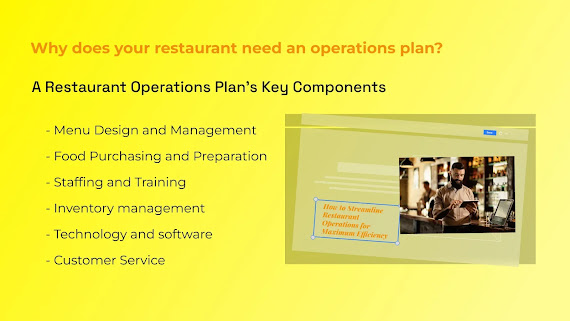What Is Automatic Gratuity? A Complete Guide
If you own a restaurant, you understand the reliance of many staff, especially servers, on tips for additional income. While tipping is customary in the U.S., it's not obligatory. To address this, establishments often implement automatic gratuity—a predetermined percentage added to the bill.
According to a Forbes study, 57% of restaurant customers tip between 11% and 20%, with digital tips generally higher. However, recent confusion arises as some restaurants add automatic gratuity to bills.
What is Automatic Gratuity?
Automatic gratuity is a predetermined charge added to a customer's bill, typically ranging from 18% to 20%. Restaurants may adjust this percentage, and advance notice is given to customers, often through signs or menu notes. It's commonly applied to large parties to simplify payments, ensuring fair compensation for servers, even with split bills.
In 2012, the Internal Revenue Service (IRS) classified automatic gratuity as a service charge, not a tip.
Automatic Gratuity vs. Tips
Automatic gratuity is considered a tip only when customers freely give it, have control over the amount, and the payment isn't determined by an employer policy. If these factors don't apply, it's considered a service charge.
Is Automatic Gratuity Legal?
Legalities vary, intersecting U.S. and Canadian regulations. Some states and localities have specific labor laws, and the IRS considers auto gratuity a non-tip wage. Canadian regulations treat it as "controlled tips," subject to taxes.
Restaurateurs must be well-versed in local labor laws to avoid legal repercussions and penalties.
Pros and Cons of Automatic Gratuity
Advantages:
- Consistency in Compensation: Waitstaff receives a predictable monthly income.
- Additional Revenue: Encourages better performance, enhancing customer service.
- Greater Efficiency: Simplifies waiter performance and overall restaurant operations.
Disadvantages:
- Guest Frustration: May lead to dissatisfaction, especially if customers are unaware of the policy.
- Legal Concerns: Compliance with labor laws is crucial to avoid legal issues.
- Logistic Challenges: Requires robust billing systems and staff training.
Implementing Automatic Gratuity
- Keep Guests Informed: Clearly state the policy on the menu and other communication materials.
- Set a Fair Gratuity Percentage: Choose a reasonable percentage, typically 15% to 20%, and communicate it clearly.
- Selective Application: Apply automatic gratuity selectively to avoid guest frustration.
- Suggested Tip Option: Consider suggesting tips to avoid legal complexities associated with automatic gratuity laws.
Can Customers Refuse to Pay Automatic Gratuity?
As it's classified as a service charge, customers cannot refuse to pay automatic gratuity. Unlike tipping, it's a mandatory fee.
Conclusion
Automatic gratuity is a valuable tool for ensuring fair compensation and improving overall efficiency. Restaurant owners should weigh the pros and cons, ensuring fairness and transparency in implementation.
For insights into free restaurant website building, business enhancement, and digital marketing, get in touch.




Comments
Post a Comment